Egress charges refer to the fees incurred when data is transferred from a cloud provider’s network to another location, such as another cloud service, an on-premises data center, or the Internet. These fees are commonly known as data transfer fees or bandwidth fees.
Overview of Egress Charges
Cloud providers typically offer free data ingress, meaning there is no charge for uploading data into their services. However, egress, or data transfer out of the cloud, usually incurs a charge based on the volume of data transferred. These charges are created to cover the operational costs of data transmission over the Internet or between data centers.
Calculation of Egress Charges
Egress charges are typically assessed based on the volume of data that exits a cloud provider’s network and are priced per gigabyte (GB). The calculation of these fees takes into account several factors that can influence the total cost:
- Destination of the Data Transfer: Costs can differ significantly depending on where the data is sent. For example, transferring data to another region or a different cloud provider might incur higher fees than data transfers within the same area or network.
- Total Volume of Data Transferred: The amount transferred data is crucial in the cost calculation. Most cloud providers use tiered pricing structures, where the cost per GB can decrease as the volume of data increases. This means larger transfers can benefit from lower per-GB rates, making understanding how data volumes impact cost crucial.
- Cloud Provider Pricing Policies: Each cloud provider has its pricing model for egress traffic. These policies can vary widely, so users need to review and understand the specific pricing terms offered by their cloud provider. Providers may have different rates for different services or data transfers, such as from cloud storage to the internet or between different cloud services.
Common Scenarios Incurring Egress Charges
- Serving user-generated content from cloud storage to web users
- Transferring data between cloud regions or different cloud providers for processing or backup
- Accessing cloud-stored data from corporate networks or remote locations
Impact of Egress Charges
Egress charges, while seemingly minor, can impact the cost-effectiveness of cloud computing, especially for data-intensive applications. These data transfer fees from a cloud provider’s network can quickly accumulate, affecting the overall cost of cloud services.
For businesses that frequently move large volumes of data, such as those in media, scientific research, or financial services, these costs can become a significant part of their cloud budget. High egress charges can also deter freely moving data between cloud services, which may lead to vendor lock-in. This restricts businesses’ flexibility to choose the most cost-effective or technologically suitable cloud solutions, potentially limiting innovation and optimal resource utilization.
Strategies to Manage Egress Charges
- Data Management: Businesses can significantly reduce egress costs by optimizing the amount of data transferred. Employing data compression and deduplication techniques before transferring data can decrease the volume that needs to be moved, thereby lowering the charges incurred.
- Architectural Decisions: Positioning data geographically closer to where it is most often accessed can mitigate the need for long-distance data transfers, which are typically more expensive. For example, if most of your users are based in Europe, hosting your data in European data centers rather than in the US or Asia can reduce cross-region transfer costs.
- Caching: Utilizing Content Delivery Networks (CDNs) can significantly reduce egress charges by caching data in strategic locations closer to end-users. CDNs store copies of data in multiple locations worldwide, reducing the frequency and volume of data fetched directly from the cloud, which can be costlier.
- Budget Monitoring: Implementing cloud cost management tools to track and analyze egress traffic is crucial. These tools can help set up alerts to notify you when data transfer volumes are approaching or exceeding budgeted amounts, allowing for timely adjustments before costs escalate.
- Choosing the Right Service: Different cloud providers and services offer varying terms for egress charges. When selecting a cloud service, consider those that offer more favorable egress terms or higher data transfer thresholds before significant charges apply. Some providers may also offer unique pricing models or discounts for data transfers to specific destinations or for using integrated services within the same network.
Conclusion
Understanding and managing egress charges are essential for maintaining control over cloud expenditures. Businesses need to strategically plan their data storage and transfers, using available tools and services to optimize their cloud resource usage and minimize costs associated with data egress. Organizations can enhance their cloud efficiency by carefully selecting cloud services and managing data transfer while avoiding potential financial pitfalls.

